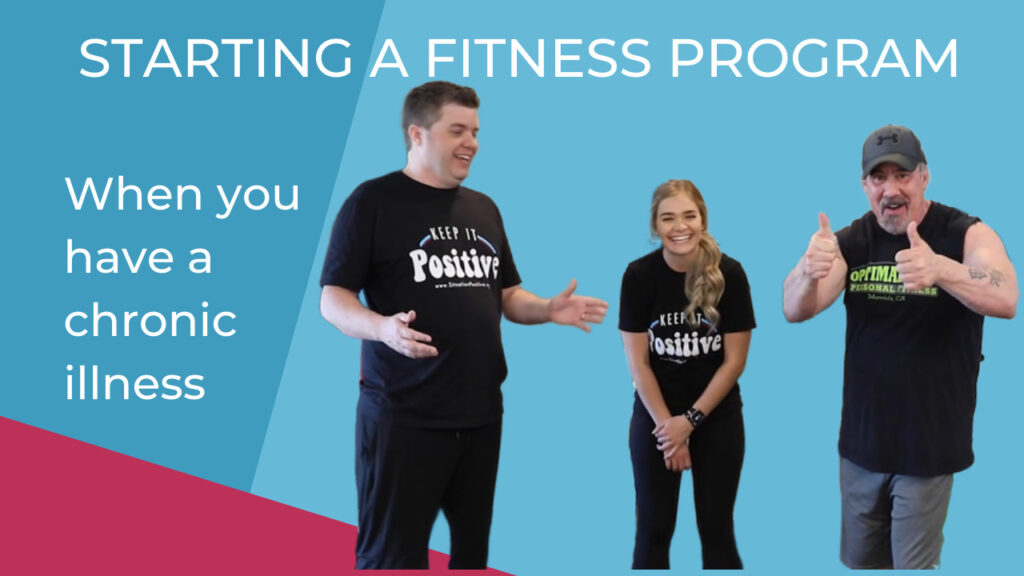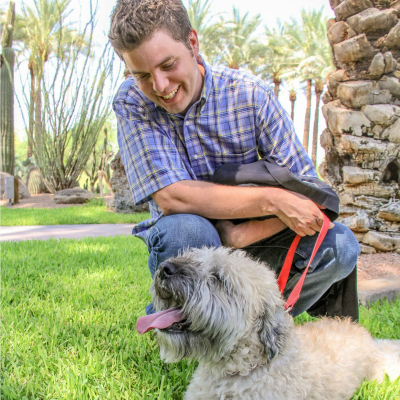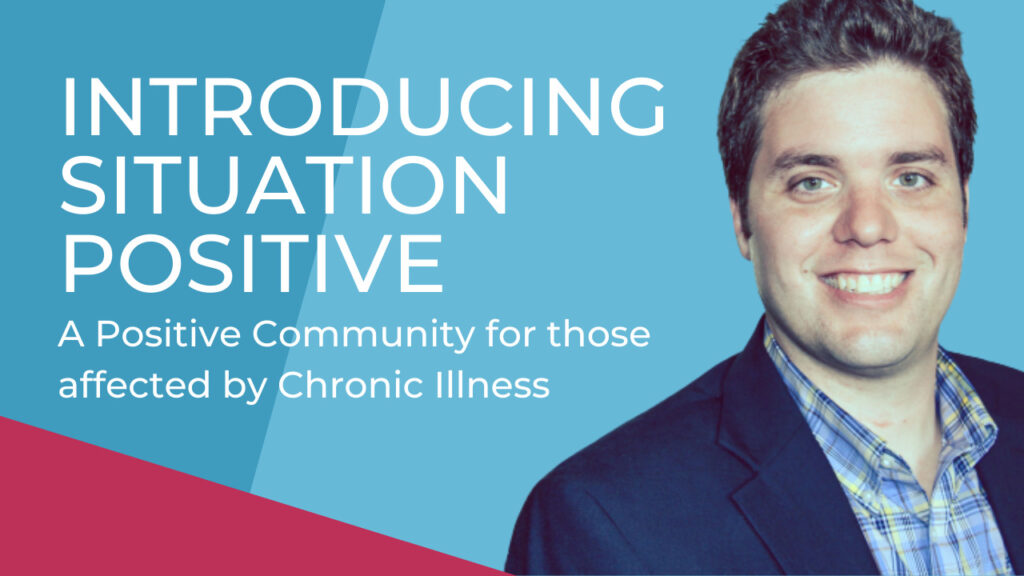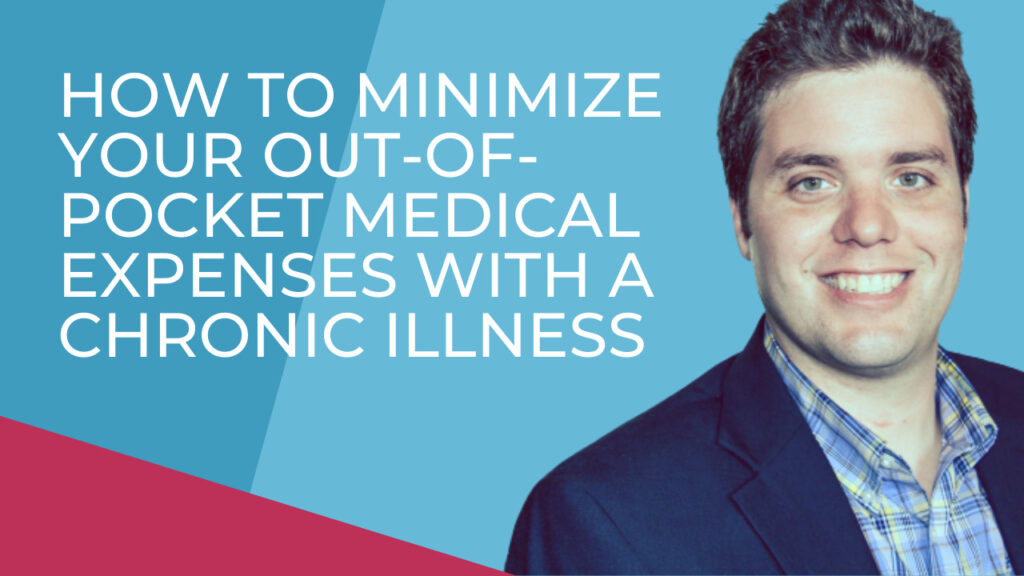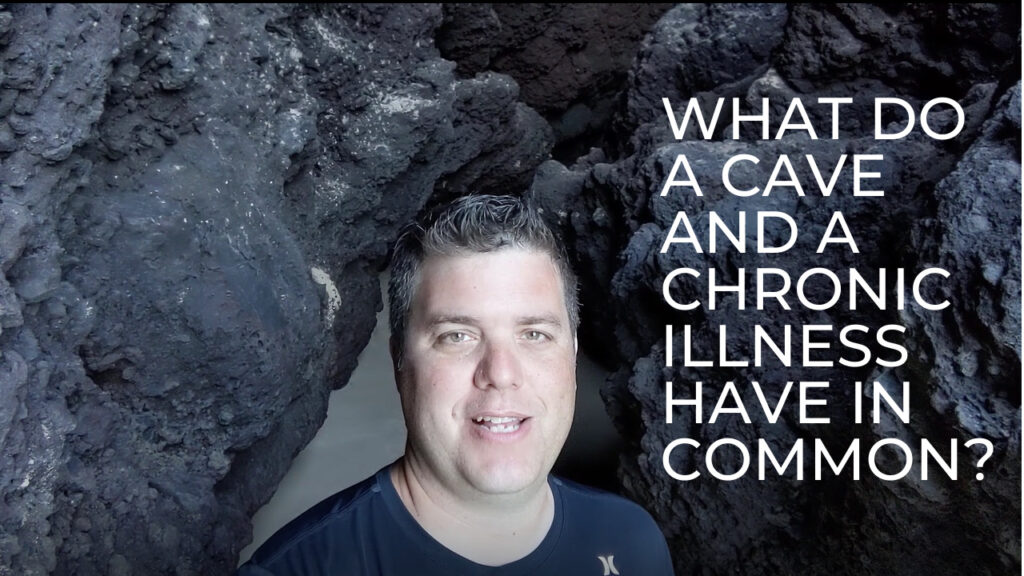Fitness expert, champion bodybuilder, and MS advocate, David Lyons, teaches Matt and Tara how to start a fitness program when you have a chronic illness. David talks about mindset, goal setting, and the importance of joining the right program. David shares tips from his Optimal Body Personal Fitness program. You can find David on Facebook where he shares awesome fitness tips and videos.
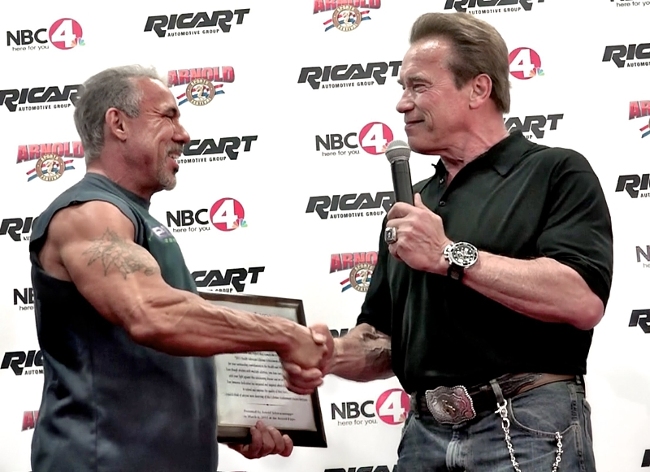
This is part one of our interview with David. The transcript is below. You can also watch the video or listen to our podcast.
Matt: Hey everybody. My name’s Matt and this is Tara and we’re from Situation Positive. We’re here today with our good friend David Lyons of Optimal Body Personal Fitness. We’re here for a special workout because we joined the program and we wanted to learn more about it. David. Welcome to the show.
David: Hey, thanks for having me guys. I appreciate it. And you know, something I’m going to get you guys in top shape, but I’m going to get you guys feeling better but more important than that, I’m going to get your brains connected to those muscles of yours.
Matt: I’m glad that you brought that up because over the past year I’ve found that. I’m sitting more working out less and I’ve lost all motivation. I don’t even know how to get started.
David: Well, that’s what I’m here for. So the important thing Matt and Tara are that you’ve got to have the right mindset. It does not matter what your goals are and what you set out to do. If your mindset is not there.
So everybody’s got these great intentions they’re going to get in shape. They get a diet or whatever, and whatever that goal. And then they don’t follow through because they never got their mind ready for the goal that, that set, they set a goal and they jumped into it. 30 days later, they don’t do it anymore.
So how do we do that? I mean, the main thing that you have to do is understand that there’s no option. And if, once you want to stand that there’s no option, then you can get yourself motivated to follow through in a program, you know, with MS and I’ve had MS for 15 years. I wake up tired. I go to sleep tired.
I workout tired. So if I didn’t work out, would I be less tired? No, I’m tired. So I’ve learned to understand that, to beat that fatigue, I have to exercise. It’s all mindset. It’s how you look at what you’re going to do. If you’re going to look at this as a challenge and a negative road to go, then that’s how you’re going to feel.
And you’ll never follow through. But if you take the same negativity that you have and you flip the switch and you make it a positive thing in your mind, I’m going to do this. I have to do this. I have no choice. Then it becomes something that you will follow through. You make your short-term goals, you make your long-term goals.
Those long-term goals could be something crazy. Like I’m going to run a marathon, but the short-term goals have to be realistic as well. For you to be able to get to that crazy long-term goal that you have, if the short-term goals are unrealistic, the long-term goals will never happen. So you’ve got to kind of shift that mindset.
And once you do that, this becomes easy.
Matt: You know, and goal settings have always been a difficult thing for me because sometimes my goal is just to get out of bed and do something. You know, so I always am envious of people with five-year goals and stuff like that, that know where they’re going, or have some of these things set.
If you have a chronic condition like MS. How can you plan for tomorrow? How can you set a fitness goal if you’re not sure how your body’s going to be reacting?
David: Well you can’t if you have the wrong fitness program and that’s the problem. And that’s where my frustration came in, and this is why I launched this program. I wanted to provide for the MS community and the disability community and the community of people like us that are challenged with issues and conditions.
I want to give them something real, something that worked, that used your brain and your muscles together to bring that marriage that you need to be successful. Once you know that you have a program that’s going to work. That’s the biggest hurdle in starting. So you’ve got this program now, and now you say, well, I don’t want to set goals.
It’s very simple, Matt. You look at what it is that you want to accomplish. I want to walk my dog every day, or I want to be a champion bodybuilder, whatever that goal is, there’s something deep down inside of you guys that you have that you want to do. Now, even though you say you’re not motivated, you can’t tell me there’s nothing that you want to accomplish, but you’ve got to dig deep and you’ve got to figure out what is.
So you almost have to talk to yourself first and say, what is it that I want to do here? Once you know that then you can set the goals, visualization, vision boards, writing down those goals, whatever they may be, puts them into reality for you. It brings them to life. So I always tell people, don’t just say something, write it down, get a picture of it, put it in front of your face, see it over and over again.
And then you know that you can do it. But you have to start somewhere and if you don’t have the right program, you’re going down the wrong path and you’re going to fail.
Matt: One of the things that Tara was, was bringing up as we were coming here today and Tara, we’ll have you expand on this is what if you’re living with chronic pain?
Tara: I know for me like whenever I work out instead of just natural endorphins, I get that pain release. So with that, like going to the gym and stuff, how does that incorporate into the program?
David: Well, the way that we’re working is because, you know, COVID it hit and everybody was stuck quarantining at home. We did everything with resistance bands at home, but even with the program using resistance bands, if you do go into the gym, now you can transfer these exercises and you’ll see that into gym equipment.
Like I have here where you don’t have to just use resistance bands, but to your point, as far as the endorphins, when you exercise, as you know. Those endorphins start flowing pain is relieved and your brain starts feeling better when your brain feels better and you’ve got those endorphins flowing and the pain is now diminished.
You’re able to get through the workout better, and that stays with you longer and longer and longer as you get more and more into a routine like this. So if you were an exercise, And this is a three-day cycle. The way that I train my, my clients, or the members of my group after you train for those three days, those endorphins are still flowing for a little bit.
And then you’re going back and doing it again. So now you’re putting those endorphins back in. So you’re, you’re suppressing that pain that you have, and that’s how it helps you.
Matt: Now, Tara, do you find like because of chronic pain. A block to even like going back to the gym or starting a routine or what’s that like?
Tara: Yeah, it’s definitely like, like you said, having to be in that mindset of first, like knowing that that’s going to help you in the long run, even when you know, you’re feeling like you just want to be lazy on the couch and that’s the easier option. It’s like just that mindset of knowing like where you want to go to help you, like get started, where you’re at.
David: Well, that’s important here. You’ve got to know where you want to go. As we said, you have to have some form of goals, and to get those goals, you kind of dig into yourself. Well, what’s cool about my program is we’ve been doing this for many, many years. I mean, I’ve been training people for 10 years with this Optimal Body program that I have.
I launched this membership only four months ago and we have about 400 members already in it. With that, we have a tremendous amount of testimonials that will tell you how good the program is, how effective it is, how people that couldn’t drive their car after several months doing the program and now able to maneuver their legs and their arms and can drive.
When you read testimonials like that, and you see people getting results from something, it gets you pumped. And then you’ll say, I can do that. Hey, if that person can get results. I can do it too.
Matt: Well, it’s something I need because I want to talk a little bit about the mind-body connection, because it’s so hard to explain, but like when I’m swimming if I’m kicking with my legs, my arms won’t work.
Or if I’m paddling with my arms, my legs don’t work. And I never used to be like that before MS and I don’t understand what’s happening. And I use swimming because it’s an example of using. All of my systems at once, but that kind of fear in not knowing how my body’s reacting has stopped me from participating in fitness activities, at least over the last year.
David: Well, that’s a great point, you know, with MS you know, I can’t speak to other conditions cause I don’t have it. I know what they do, but I live in MS so we’re going to talk about MS. With MS as we have that disconnect. So our brain is not connected correctly. We’re not wired right. It’s like taking a house and taking the wires and cutting them off and saying, okay, this one, no more lights over here.
And no more electric plugs over here. That’s what’s happening. So when you’re trying to swim, you’re not having that connection. So your legs don’t want to work at the same time as your arms. But there’s a solution to that. And the solution is not neuroplasticity, which is a big term everybody throws out as if it happens, just because you wish it to.
Neuroplasticity, for those of you guys who don’t understand what neuroplasticity is, is taking nerves that are no longer working in your body, as we have with MS, deleting those nerves, pushing them to the side, finding the nerves in our body that do work. And redirect them to where we want them to go. It’s like I said, it’s like rewiring the house.
Matt: Yeah.
David: But it’s very difficult for that to happen. So it doesn’t just happen by taking dumbbells and curling. Okay. Everybody says, if you exercise, you’re creating neuroplasticity, you would love that. Because if that happened, you’d be able to swim and kick your arms and you can move your arms and kick your legs and do all that stuff together.
But it’s not that simple. Other processes are similar that is easier to happen. If you train correctly, one of them is called a brain-to-muscle reconnection and a muscle-to-brain reconnection. So going back and forth. We’re bypassing those nerves that are no longer working that you don’t have.
And we’re saying, let’s tell our brain now to do the work with our muscles. We don’t need the nerves. We can figure that out. My program creates that process in the body. So by following my program over time, what will happen is your brain will start connecting to the legs and the arms simultaneously the way they should.
And you’ll be able to move those arms, kick those legs and do what you want to do. But there are three very important processes for MS. One is neuroplasticity. If it can be created, my program gives that a high probability of happening. There’s the brain to muscle, muscle to brain reconnection. My program does that every time.
The third thing is something called acetylcholine production in the brain. Now acetylcholine moves our muscles. So an athlete is always having a high level of acetylcholine. Because they’re constantly moving and getting those muscles, working someone with MS, or someone with a chronic condition that acetylcholine level is low because we’re not forcing it to happen. The acetylcholine when it’s produced at a high level creates another process called muscle fiber activation. Muscle fiber activation is an anabolic or muscle-growing effect in the body. You want that. Not so that you want to become Arnold Schwartzenegger, but you want your muscles to get stronger and more full and bigger so that you can do more things.
When you have those three things happening in your body, as much of neuroplasticity as possible, acetylcholine muscle fiber activation, breakthrough muscle reconnection, and muscle to brain reconnection. You’re going to be able to do whatever you want to do, and you’re going to get ahead of whatever condition you have.
So if you’re in a condition that you don’t need neuroplasticity, because you do not have that disconnect with the nerves. So fibromyalgia is one that you do. Lupus can be one where you have nerve issues. Lyme disease, things like that, MS. But there are other conditions out there that are not involving the nervous system.
My program will work with the other two factors, they will it’ll work with acetylcholine production, muscle fiber activation, and the connection of the brain to the muscle, maybe not reconnection, but a better connection that you need to be able to do those things that you’re struggling to do. So hopefully that educated everybody a little bit.
I know a lot to be taking into one section here, but you know, it gives you an idea.
Matt: So that was kind of technical now for a layman like myself, who’s been afraid of the gym, his entire life. Does that just mean if we follow your program, we’ll have good results?
David: There you go!
Matt: Well, speaking of your program where we’re talking to David Lyons of Optimal Body Personal Fitness, and I am a bit scared, but we’re going to hop into a workout routine. I’m going to get a little water first, but we’re going to hop into a workout routine that even a guy like I can do.
David: You got it.
Podcast: Play in new window | Download (Duration: 14:11 — 26.0MB)

